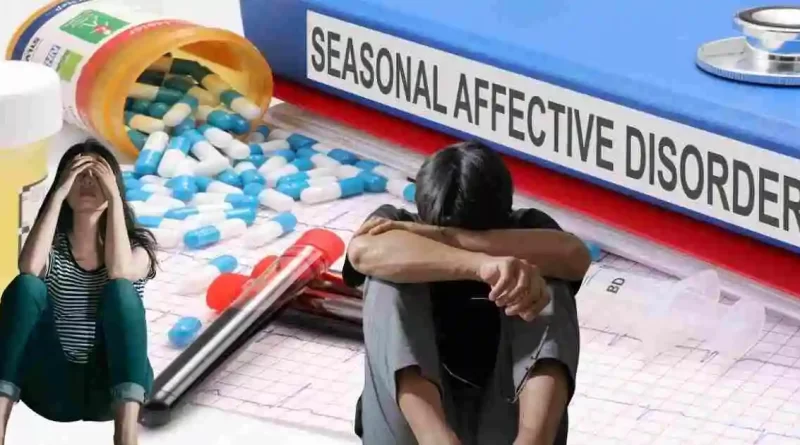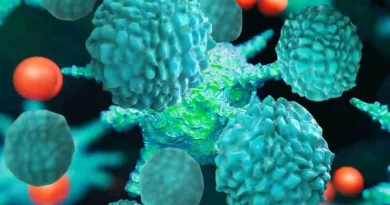Dealing with Seasonal Affective Disorder (SAD)
For some people, the usual winter blues can escalate into Seasonal Affective Disorder (SAD), a type of depression that tends to strike during the fall and winter months. Despite the gloominess associated with this season, there are practical steps and coping strategies to help break free from the Seasonal Affective Disorder hold and discover joy, even on the darkest days.

Seasonal Affective Disorder goes beyond typical winter blues; it’s a recognized form of depression marked by recurring mood disruptions linked to specific seasons, primarily winter. The limited exposure to natural sunlight during winter significantly impacts neurotransmitter levels in the brain. This results in symptoms such as lethargy, irritability, difficulty concentrating, and changes in sleep patterns. The body’s internal clock, governing processes like the sleep-wake cycle and mood regulation, is affected.
The scarcity of sunlight during autumn and winter plays a pivotal role in triggering Seasonal Affective Disorder. This poor sunlight affects the production of melatonin and serotonin which are essential for the good functioning of the body. Happiness, memory, learning, good sleep and hunger are some of the major factors that are hit when melatonin and serotonin are not produced adequately.
Interestingly, populations in northern regions, like Norway and Finland, often experience SAD, but in Iceland, where fish consumption is high, SAD is less prevalent despite the extreme northern location and shorter winter days. Vitamin D, obtained from sunlight exposure, plays a critical role in preventing SAD.
A highly effective treatment for SAD is light therapy, or phototherapy, involving exposure to a bright light that mimics natural sunlight, regulating mood and boosting energy. Lightboxes simulate sunrise and are available for home use.
Combining light boxes with exposure to natural sunlight, especially in the morning, can combat SAD. Opening curtains, blinds, and spending time outdoors during daylight hours are beneficial. Studies suggest that morning doses of light, whether artificial or natural, are most effective.
Physical activity is proven to elevate mood and alleviate depression symptoms. Incorporating regular exercise, whether it’s a brisk walk, yoga, or any enjoyable activity, releases endorphins and helps regulate sleep patterns.
Diet plays a role in staving off SAD symptoms. A balanced, nutritious diet, avoiding excessive caffeine and sugary foods, contributes to emotional stability. While indulgence during the holidays is common, moderation is key.








